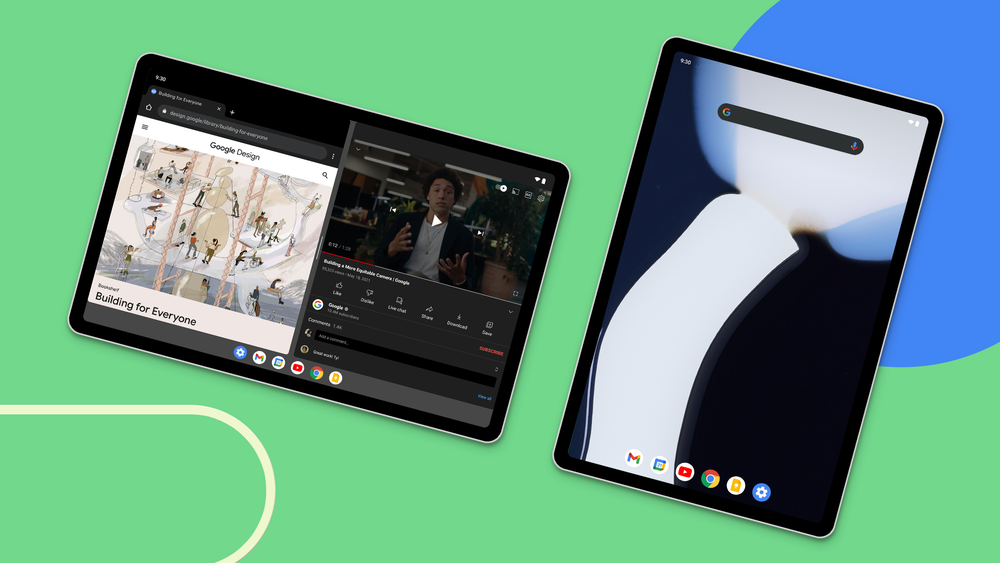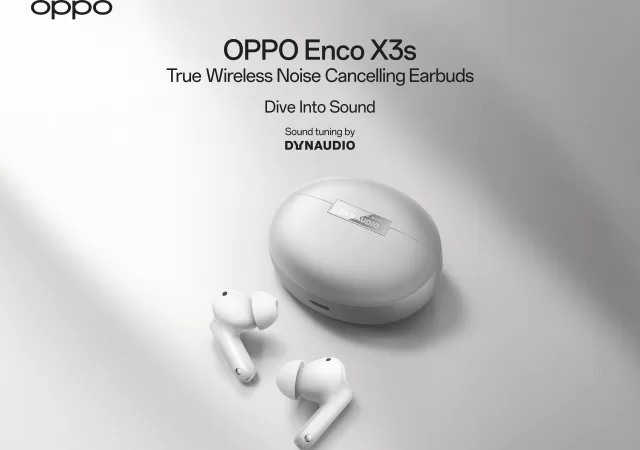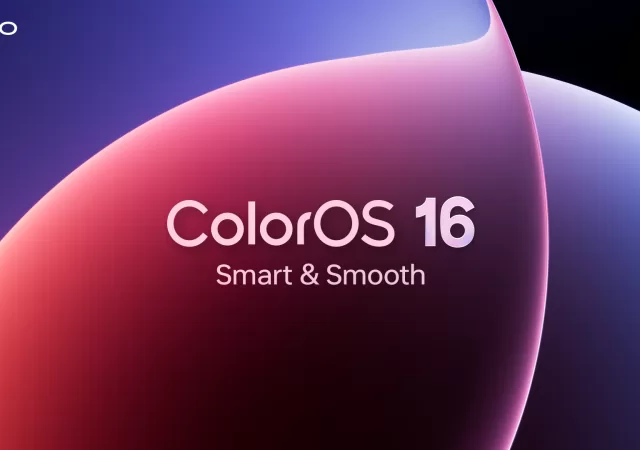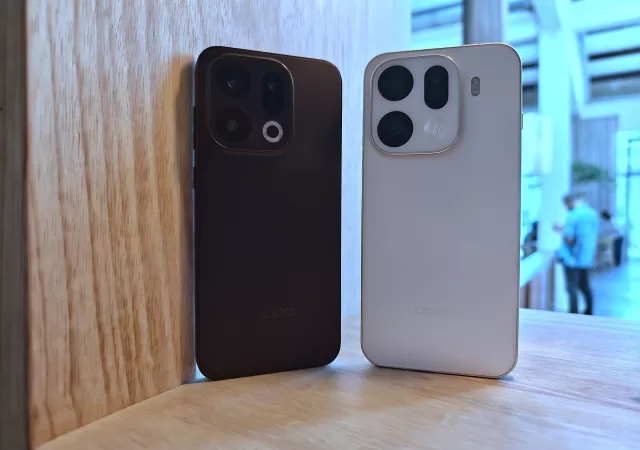Google introduced their 12th generation of Android in 2021 and it looked promising. It was not a major change to how Android worked, as we have covered, but more of small improvements that added up to affect the total experience of what the system is and what it can do for you. We’ve updated our smartphones to Android 12, whichever ones that can be updated, and so far, we like them.
Google, not too long after their 2021 I/O announcement and showcase of Android 12, also introduced something they call Android 12L. You can see it as Android 12.1 in the current scheme of things. For smartphones, the improvements on Android 12L are relatively minor. You might not even notice any changes if you have updated your devices to Android 12L, which might come later if you are not on a Pixel device. But as Google puts it back then, Android 12L is not for smartphones.
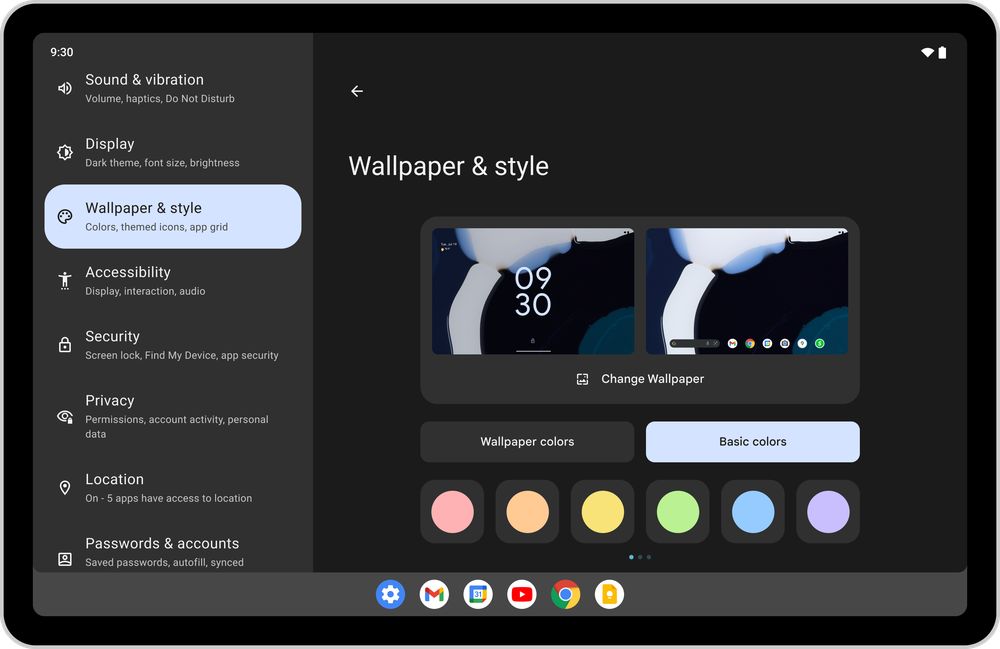
The whole point of Google introducing an entirely new minor update for Android in the Android 12L is mostly for the big screens, the Android tablets. It is supposed to improve the interface and make the larger display more natural and more intuitive to use. The settings menu is also supposed to take advantage of the larger display factor for more information and more natural interaction. There is also a more intuitive and better-looking multitasking experience with dual window mode that is more prominent.
Android 12L update should also bring the tablet experience closer to that of a Chrome OS and Windows. There is a consensus out there that if you want to get an Android tablet, you might as well think of getting a Chromebook with Chrome OS instead. Chrome OS, while flawed, is still one of the best ways to even experience the Android experience on a larger display. It is also a much better PC replacement than an Android ever could be. That is what Android 12L is supposed to tackle anyway, to make tablets more relevant.
All these sounds promising. There is a problem, however. The only Android tablet today that supports Android 12 is Samsung’s brand-new Galaxy Tab S8 series. The Samsung Galaxy Tab S7 series will be getting Android 12, but that also means that Android 12L will have to wait, since its replacement will not be getting Android 12L update this soon.
Google did mention, in their blog post, that 12L will roll out to tablets and foldables later in the year. They listed Samsung, Lenovo and Microsoft, so that is the Samsung Galaxy Tab S8 and Galaxy Z Fold3 covered, at least. We can only assume that from Microsoft’s end, it would be the Microsoft Surface Duo 2 that gets the update.
For Google’s Pixel devices though, the update, while minor, introduces some new useful features. For one, they added Night Sight for Snapchat users. It allows Snapchat to capture more vibrant and detailed snaps even in low-light conditions. There is also Live Caption mode in phone calls now where you can pick up a call, and simply converse by just typing your words out on the phone, or just clicking pre-set responses. You do not even have to listen to the phone call, just treat it like an instant messenger.
Live Translate is also getting an update from the new Android update. In Interpreter mode, you can now converse in Spanish, Italian, and French all through your smartphone. It will also be able to identify and translate Spanish in videos and photos when it is available on the Pixel 6 and Pixel 6 Pro.
Of course, Google wants to ensure that you do not have to scroll through hoops of apps and screens to find the most basic information from your device. Google have added a few widgets to help you cut down precious time for your battery information for your smartphone and its connected devices. There is also an improved At a Glance widget that will also help you keep track of the battery, if you want an “everything in one” widget.
The new Android 12L or 12.1 update is now available for Google Pixel 3a series, Pixel 4 series, Pixel 4a series, Pixel 5, and Pixel 5a. Google’s latest Pixel 6 and Pixel 6 Pro will also be getting the update, but at a slightly later date. More information on Android 12L and its smartphone features can be found on Google’s Blog.



